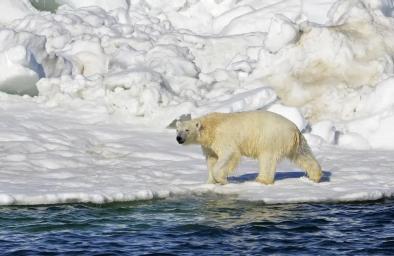Science Source
Aerosol‐driven increase in Arctic sea ice over the middle of the 20th Century
- Examines updated observational datasets without climatological infilling
- Defines infilling as the use of climatological averages to fill in the gaps in observations
- Finds that there was an increase in sea ice concentration in the Eastern Arctic between 1950 and 1975
- Runs climate model simulations using CanESM2
- States that sulphur dioxide emissions, which lead to the formation of sulphate aerosols, peaked around 1980, causing a sharp increase in the burden of sulphate between the 1950s and 1970s
- Simulations show that the cooling contribution of aerosols offset the warming effect of increasing greenhouse gases over the mid-twentieth century, resulting in the expansion of the Arctic sea ice cover
- Results challenge the perception that Arctic sea ice extent was unperturbed by human influence until the 1970s
Related Content
Science Source
| Nature
Regime shift in Arctic Ocean sea ice thickness
Headline

Feb 21, 2023 | Climate Nexus Hot News
Ice Absent From Great Lakes, New England
Headline

Feb 16, 2023 | Climate Nexus Hot News
Antarctic Sea Ice At Lowest Recorded Levels, Again; Thwaites Glacier's Weak Spots Getting Weaker
Headline

Jan 25, 2023 | Climate Nexus Hot News
Melting Sea Ice Could Increase Threatens Polar Bears, People


